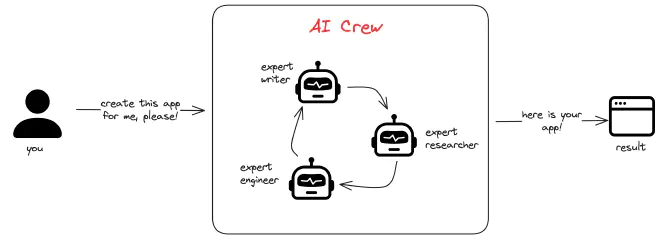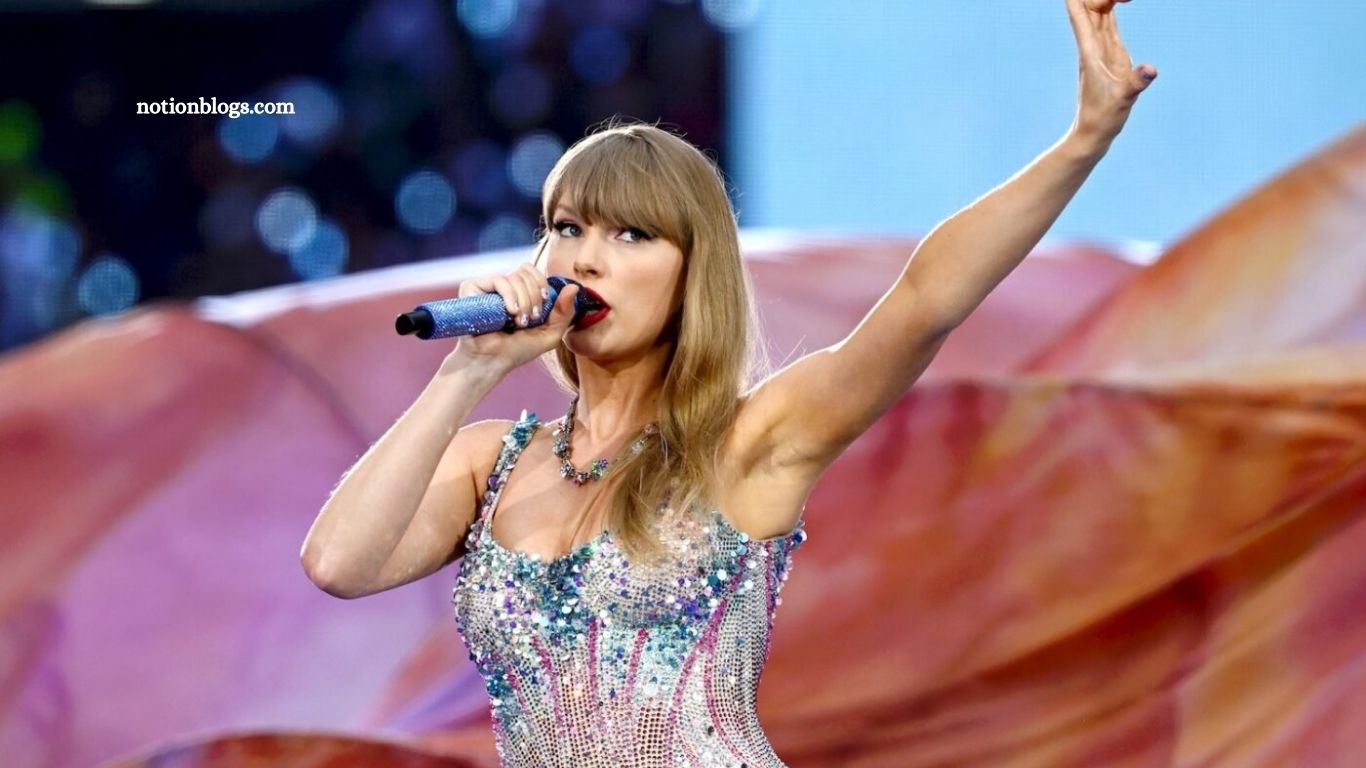U.S. consumers continued to spend in July, according to a new report from the Bureau of Economic Analysis released Friday, highlighting the resilience of household demand even as inflation remains above the Federal Reserve’s target. That said, their spending came with some discomfort.
The Federal Reserve’s preferred inflation measure, the personal-consumption expenditures (PCE) price index, increased 0.2% for the month and 2.6% compared with a year earlier. The core PCE index, which excludes food and energy, rose 0.3% from June and 2.9% year-over-year, slightly up from June’s 2.8%. In short, Americans are continuing to spend, but persistently high inflation especially on goods continues to strain working- and middle-class households.
Read More: 10 Health Issues That Can Mimic Anxiety Symptoms
So what were consumers buying?
Primarily big-ticket items, ranging from cars to stocks. What were they holding back on? Discretionary spending, such as travel, dining out, and other services.
Rising service costs may explain this shift. A separate survey by the University of Michigan found that consumers now expect prices to increase by 4.8% over the next year, up from 4.5% in July. Consumer confidence has dropped to its lowest level since early summer.
Prices are climbing across the board from leisure activities to entertainment and are expected to rise further for imported goods.
A major underlying factor in these trends is the potential impact of high tariffs imposed during the Trump administration as part of an ongoing global trade conflict.
The technology sector is particularly vulnerable. Products and components reliant on international supply chains—including chips, lower-cost parts, and shipping are likely to feel the brunt of these costs.
Tech Spending Remains Robust Despite Inflationary Pressures
Despite the squeeze from recent inflation and the subtle effects of shrinkflation, Americans have maintained strong spending on technology throughout 2025.
U.S. tech spending is projected to reach $2.7 trillion this year, with the Consumer Technology Association forecasting a record $537 billion in consumer technology purchases. Some of this spending may be relatively insulated from tariffs.
The trend is evident in sustained purchases of large tech items, high mobile data usage, and growth in subscription services. Certain costs, such as ad-supported streaming and internet fees, have seen modest declines as consumers adjust their budgets.
This aligns with broader durable-goods trends. Purchases of items ranging from cars to appliances recorded their strongest monthly gain since March, rising 1.9% after consecutive declines.
“Spending on durable goods rebounded in July, which may ease some tariff-related concerns,” said Wells Fargo economists Tim Quinlan and Shannon Grein.
Positive Signs for Consumers Amid Ongoing Challenges
There is some encouraging news for consumers, largely tied to employment levels and wage growth.
Personal income increased 0.4% in July, buoyed by stronger wages. However, spending outpaced income during the month, a signal economists watch closely, as it suggests households may be drawing on savings to maintain consumption. The personal savings rate remained steady at 4.4%.
“Consumers are solid for now, and goods inflation remains contained,” said Chris Rupkey, chief economist at FwdBonds. “The tariff war has yet to slow the economy appreciably or trigger an inflation scare.”
Financial markets showed initial volatility following the report. Dow futures fell 0.21%, S&P 500 futures slipped 0.23%, and Nasdaq 100 futures declined 0.44%. Losses were later trimmed, reflecting expectations for inflation.
Tariffs Pose the Next Major Challenge
Economists caution that the bigger risk lies ahead, as tariffs work their way through supply chains and companies gradually pass higher costs onto consumers.
“The real hit comes in the next six months,” said Heather Long, chief economist at Navy Federal Credit Union. She warned that the U.S. could be entering a “stagflation-lite” period, characterized by slower growth alongside persistent inflation.
Unlike in 2022, when households benefited from pandemic-era savings cushions, today’s consumers are showing more resistance to price hikes. At the same time, businesses facing rising costs may begin cutting staff to protect profit margins.
“The Fed needs to cut in September and again in December,” Long said. “The inflation threat isn’t acute, but the risk of a layoff cycle is growing.”
Frequently Asked Questions (FAQs)
Are U.S. consumers still spending despite high inflation?
Yes. Data from July show that consumers continue to spend, particularly on big-ticket items like cars, appliances, and technology, even as inflation remains above the Federal Reserve’s target.
What types of spending are slowing down?
Discretionary spending such as travel, dining out, and other services—has slowed. Rising costs for services and persistent inflation have led consumers to prioritize essential and durable goods.
How is inflation trending?
The personal-consumption expenditures (PCE) price index rose 0.2% in July and 2.6% year-over-year. The core PCE, which excludes food and energy, increased 0.3% monthly and 2.9% annually.
How is tech spending holding up?
Despite inflation, Americans continue to spend heavily on technology. U.S. tech spending is projected to reach $2.7 trillion in 2025, with record consumer tech purchases expected to hit $537 billion. Subscriptions and mobile data usage remain strong, though some ad-supported streaming and internet costs have slightly declined.
Are tariffs affecting consumer prices yet?
Some impacts are beginning to appear, but economists say the most significant effects of tariffs on goods and technology prices are expected over the next six months.
How are consumers coping with higher prices?
Personal income rose 0.4% in July, but spending outpaced income, suggesting households may be drawing from savings to maintain purchases. The savings rate remained at 4.4%.
What are economists’ main concerns going forward?
The key risk is slower economic growth combined with persistent inflation (“stagflation-lite”). Businesses facing higher costs may reduce staff, and the Federal Reserve may adjust policy to mitigate economic pressures.
Conclusion
U.S. consumers remain resilient, continuing to spend on essential and high-value items despite persistent inflation and economic uncertainties. Technology and durable goods have seen particularly strong demand, while discretionary spending on services has slowed. Looking ahead, the major challenge is the broader impact of tariffs, which could drive up costs across supply chains and put pressure on both businesses and households. Economists caution that the U.S. may face a period of slower growth paired with high inflation, with potential risks to employment if companies adjust to rising costs.







